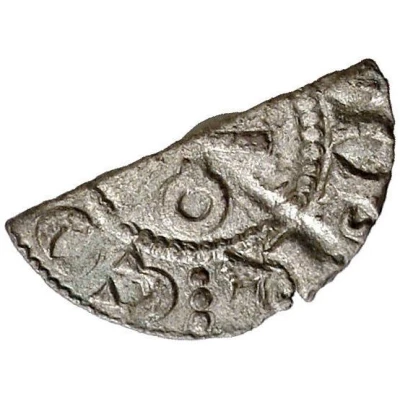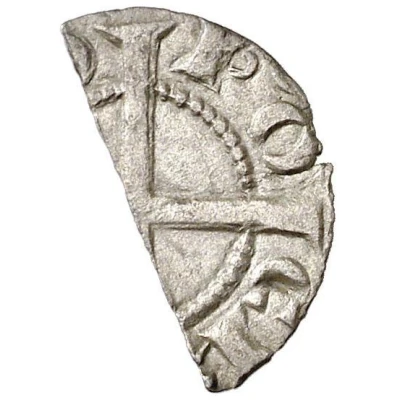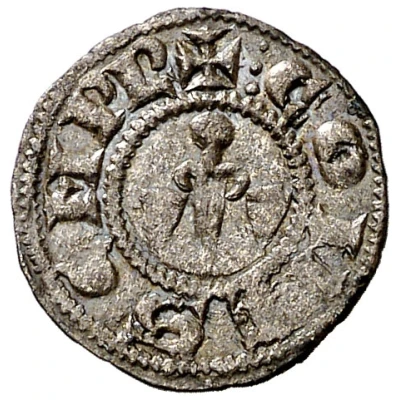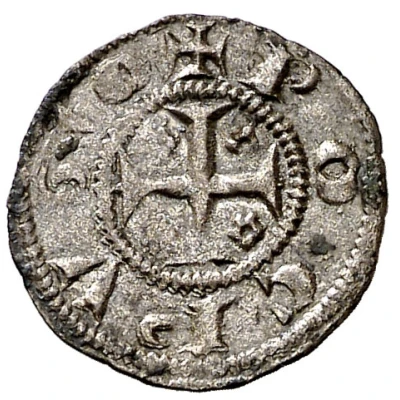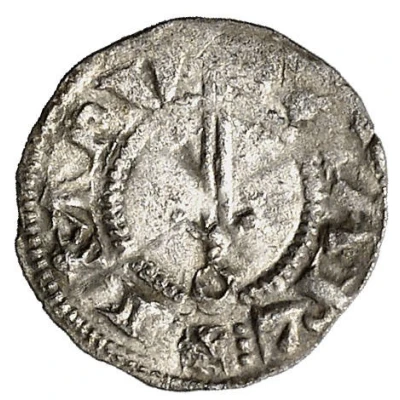
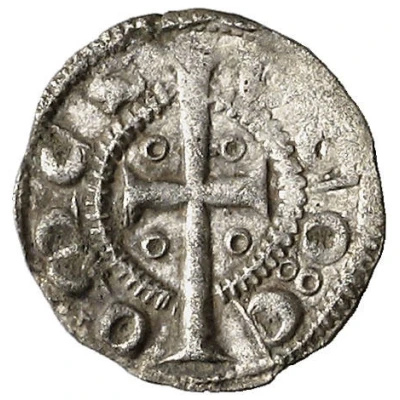

© Aureo & Calicó S.L., subastas numismáticas
Obol - Hugo V ND
| Billon | 0.3 g | - |
| Issuer | County of Empuries (Spanish States) |
|---|---|
| Count | Hugh V (1269-1277) |
| Type | Standard circulation coin |
| Years | 1269-1277 |
| Value | 1 Obol (½) |
| Currency | Dinero |
| Composition | Billon |
| Weight | 0.3 g |
| Shape | Round (irregular) |
| Technique | Hammered |
| Demonetized | Yes |
| Updated | 2024-10-07 |
| Numista | N#124978 |
|---|---|
| Rarity index | 100% |
Reverse
Cross with annulets in angles. Legend around, between two circles.
Script: Latin
Lettering: :VGO:COMES
Translation: Hugh Count
Interesting fact
The Obol coin from the County of Empuries, minted during the reign of Hugo V (1269-1277), is interesting because it was made of Billon, a metal alloy that was commonly used in medieval Europe for coinage. Billon is a mixture of silver and other metals, usually copper, and was used to create coins that were more durable and had a lower intrinsic value than pure silver coins. The use of Billon in coinage was a common practice during this time period, but it's interesting to note that the Obol coin was one of the smallest denominations to be made from this alloy, weighing only 0.3 grams. This highlights the economic and monetary systems in place during the 13th century in the Spanish States, where even small denominations were made from a more durable and affordable metal alloy.
